How to judge whether Yunnan beans are good, what is the quality, and how to evaluate Yunnan small grains?
Professional barista communication, please pay attention to coffee workshop (Weixin Official Accounts cafe_style)
We cannot say enough about Rosedale, about Blue Mountain, about Jega, or about Mantenin. Only when we talk about Yunnan beans, we know nothing.
When you don't know anything about the beans in your hand, how to judge whether a bean will taste good or not based on some basic factors, regardless of flavor and personality, is nothing more than the following:
Breed:
Tibika, original species. It is true that the market for beans and related hybrids is now very large, and there are some reviews for beans. However, we are commenting on fine coffee, blue mountain, Kona. Back to the pedigree theory, you have to admit that a good bean and a good pedigree account for a large proportion.
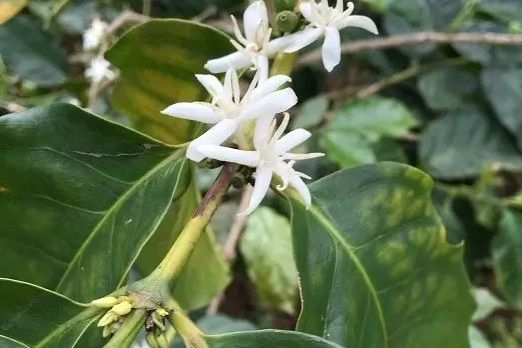
Planting height:
For Arabica, 1200 is a watershed in quality. You will find that Hainan coffee, which almost no one talks about, has always been in the non-mainstream and can only be sold as a tourist souvenir. First, it is because it is Luo Dou, and second, because Hainan is located at sea level, most places are 300 meters below sea level. There are 1800 points in Wuzhishan in the middle, and only 320 in urban areas. Hainan can grow some souvenir coffee, for planting a good Arabica, it is really more than enough.
Since planting height is the basic factor, large mountainous areas in Yunnan can reach more than 1000 meters above sea level. Kunming is 1895 meters above sea level. Baoshan is 1653.5 meters above sea level. Dali is 1976 meters above sea level. Chuxiong is 1773 meters above sea level. Dehong has an average altitude of 800~1500 meters. Diqing has an average altitude of 3380 meters. The altitude is high, and then consider the temperature. Generally speaking, the golden coffee belt is between the north and south tropics. The reason is that the probability of frost is very high, and the coffee tree will die in case of frost. In Yunnan, there is a Gaoligong Mountain in the north of Baoshan, which blocks the influence of Siberian cold current in winter and forms a protective climate for coffee growth.
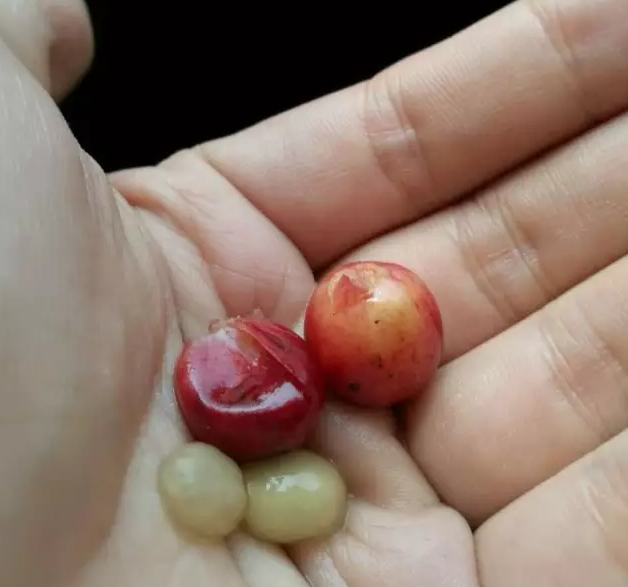
Treatment:
Throughout the treatment method, there are nothing more than two directions, one is cleaner, such as washing, and the other is more rich in flavor, such as sunlight. More treatment methods, also can not escape these two general directions. Choosing the general direction without bad taste is called proper handling.
Other:
Such as the timing of bean harvest, organic planting, post-harvest preservation...
Baking:
According to scientists (ILLY,'Espresso Coffee'), roasting changes the internal organization of coffee. Among them, carbohydrates dropped sharply from 58.9% to 38.3%, and acids (fatty acids, quinic acid and chloric acid) dropped from 8.0% to 4.9%. Under the action of pyrolysis, these substances recombine and transform into caramel, carbon dioxide and some volatile substances. Caramel accounts for 25% of the quality of roasted beans, forming the sweet taste of coffee, while lipids, which originally accounted for 16.2% of raw beans, increased to 17% after roasting, are the source of alcohol and consistency. Caffeine content barely changes before and after roasting, and some people mistakenly think that reroasted coffee is bitter and has more caffeine, which is not the correct statement.
Then again, 80% beans, 20% baking.
So much for the problem!
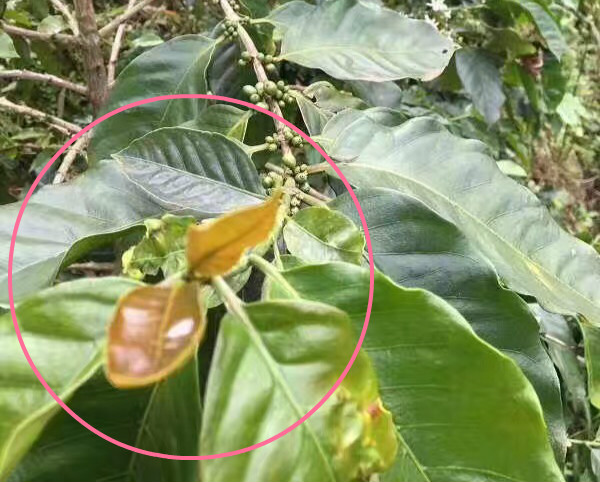
Q: "Is it good to drink Yunnan that we don't care about?"
Look at the beans, 1. The variety is iron pica (although 95% of Yunnan is a hybrid variety of Luo beans, such as Katim, but there is still a little iron pica), 2. High altitude (excluding Baoan Lujiang Dam area, Pu 'er part of the area), 3. Clear processing method, good taste.
These are all iron-pickups.
tasting
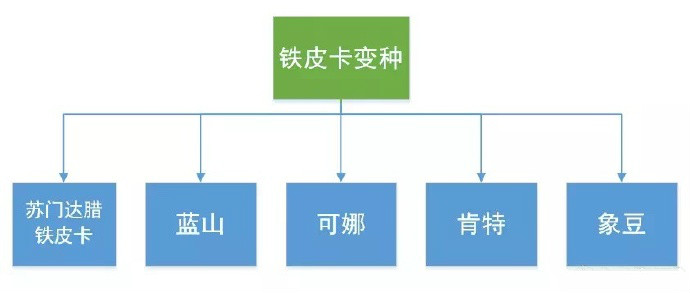
Jamaica Blue Mountains (Typica):
Baking Degree: Medium Deep Baking
Roasted peanut, hazelnut, melon, chocolate-like
Wet aroma: oolong tea (rose-tea), caramel (caramel), honey ( honey), black-chocolate (black-chocolate), almond skins (almond skins), silky mouthfeel (silky mouthfeel), brightness (brightness),
Taste: Sweet, light bitter, mellow balanced feeling, rich layers, aftertaste dark chocolate, honey, sugar taste obvious, there is a sticky feeling, completely cooled, thick oolong tea aroma, touch with your fingers, unexpectedly have burnt syrup sticky feeling.
Recommended cooking method: hand brewing
Abrasion: 4 (Fuji R440)
Water temperature: 88°C
Other suggestions for trickle-filtration extraction:
Normal pressure, recommended abrasiveness of 3.5-4/water temperature 90°C
Aile pressure, recommended 2.5 grind, water temperature 88°C
Siphon pot: 3.5 grind
Birds of Paradise (Typica):
Baking Degree: Medium Deep Baking
Dry fragrance: nutty, woody, spicy
Wet aroma: cane, hazelnut, toast-like
Palate: Toasted sweetness, nutty sweetness, slight acidity and sourness, good layering, spicy sweetness in the aftertaste
Recommended cooking method: hand brewing
Abrasion: 4 (Fuji R440)
Water temperature: 89°C
Other suggestions for trickle-filtration extraction:
Normal pressure, recommended abrasiveness of 3.5-4/water temperature 90°C
Aile pressure, recommended 3 degrees of grinding, water temperature 85°C
Siphon: 4.5 degree of abrasiveness, water temperature 91°C
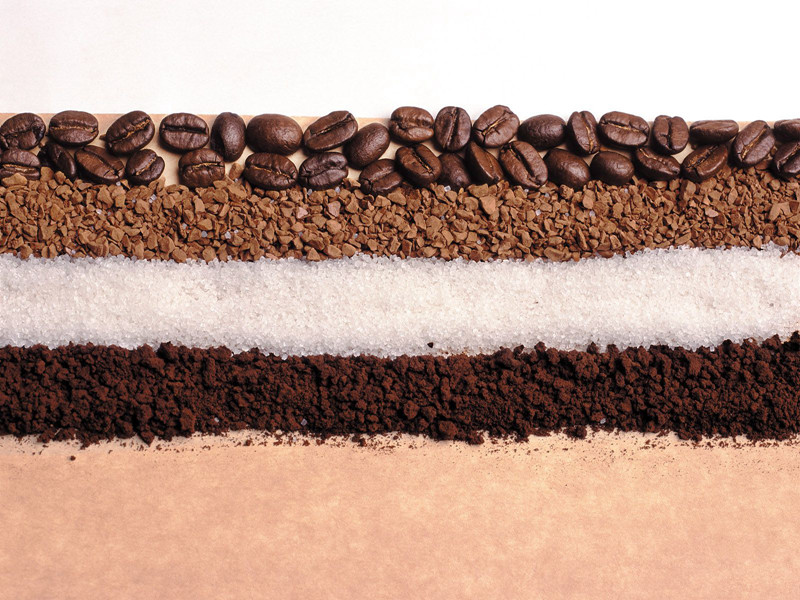
Important Notice :
前街咖啡 FrontStreet Coffee has moved to new addredd:
FrontStreet Coffee Address: 315,Donghua East Road,GuangZhou
Tel:020 38364473
- Prev
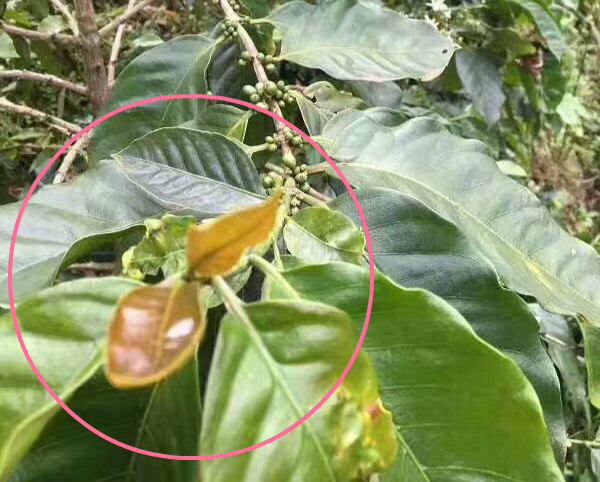
How to identify the fresh coffee fruit sent back from Yunnan?
Typica: the shape is oval, the bean body is thin from the side, even if the altitude of the planting area is different, the thickness of the side of the raw bean will not be too different. Iron card species are most likely to be taken by Yemenis from Ethiopia to Malabar and India, and then to Indonesia by the Dutch. It was then brought from West India to the French colony of Martinique. With
- Next
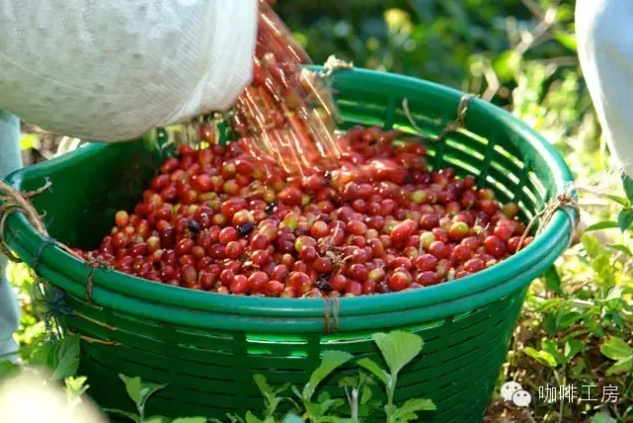
Arabica mutant iron skin card raw bean, how to taste blue mountain, Yunnan small grain iron skin card kind flavor
For professional baristas, please follow the coffee workshop (Wechat official account cafe_style) Arabica species (scientific name CoffeeArabica). The origin of Arabica species is Ethiopia's Abyssinia Plateau (present-day Ethiopian Plateau). In the early days, it was mainly used as medicine, and the habit of baking and drinking was developed in the 13th century.
Related
- Detailed explanation of Jadeite planting Land in Panamanian Jadeite Manor introduction to the grading system of Jadeite competitive bidding, Red bid, Green bid and Rose Summer
- Story of Coffee planting in Brenka region of Costa Rica Stonehenge Manor anaerobic heavy honey treatment of flavor mouth
- What's on the barrel of Blue Mountain Coffee beans?
- Can American coffee also pull flowers? How to use hot American style to pull out a good-looking pattern?
- Can you make a cold extract with coffee beans? What is the right proportion for cold-extracted coffee formula?
- Indonesian PWN Gold Mandrine Coffee Origin Features Flavor How to Chong? Mandolin coffee is American.
- A brief introduction to the flavor characteristics of Brazilian yellow bourbon coffee beans
- What is the effect of different water quality on the flavor of cold-extracted coffee? What kind of water is best for brewing coffee?
- Why do you think of Rose Summer whenever you mention Panamanian coffee?
- Introduction to the characteristics of authentic blue mountain coffee bean producing areas? What is the CIB Coffee Authority in Jamaica?

